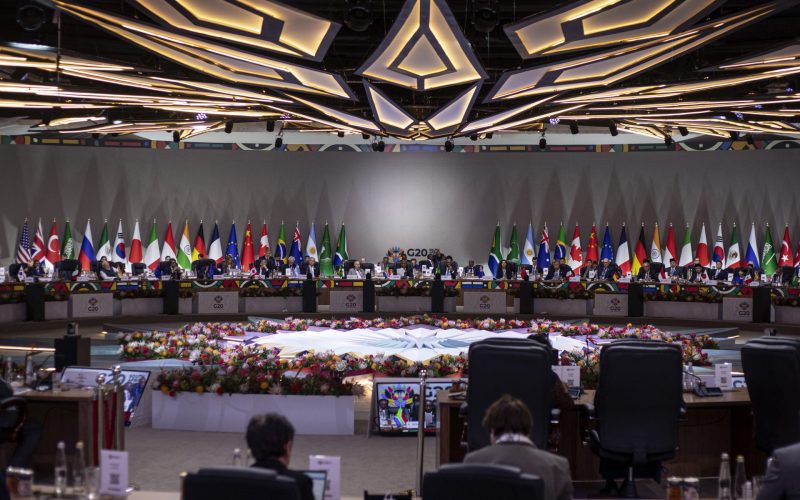More worryingly, using the IMF debt service-to-revenue threshold and benchmark, only two out of the 16 countries facing a high risk of debt distress have the capacity to pay it off. The debt increase raises concerns among bilateral creditors and international financial institutions, as several countries continue to take on more debt to manage debt burdens and poor macroeconomic conditions. This is taking place on the back of two prominent debt relief initiatives, the Heavily Indebted Poor Country (HIPC) initiative and the Multilateral Debt Relief Initiative (MDRI), which offered $99 billion in debt relief, addressing about 40% of Africa’s total public debt.








